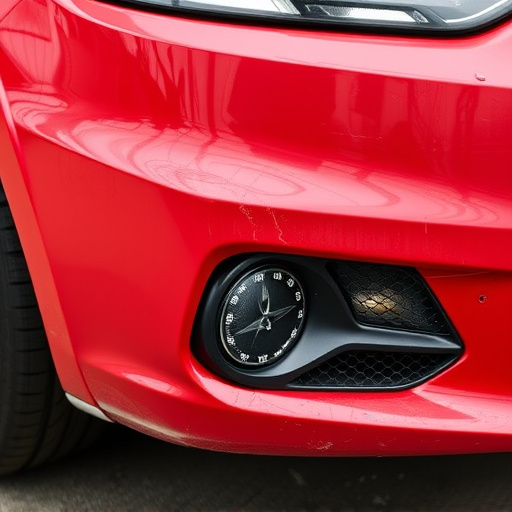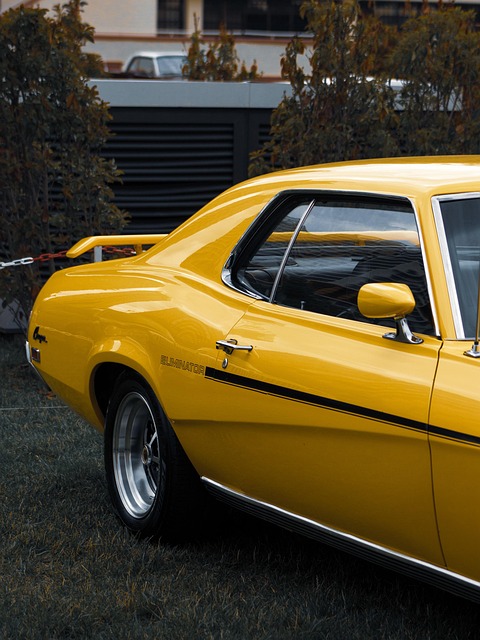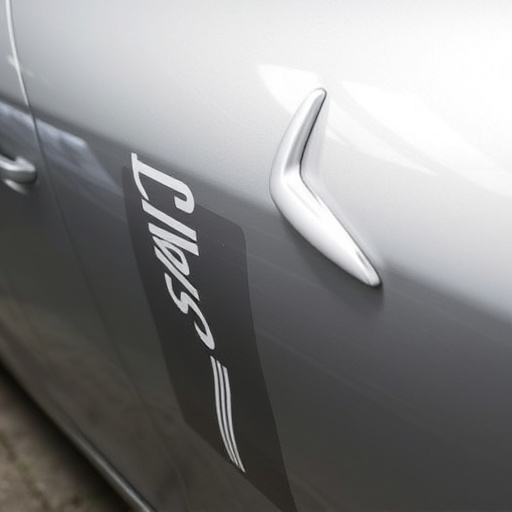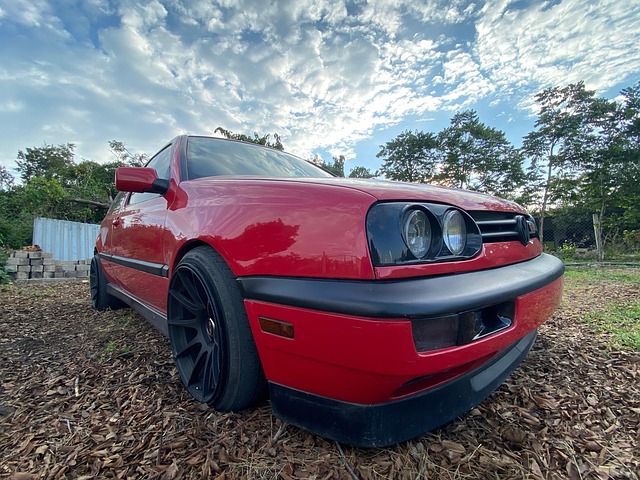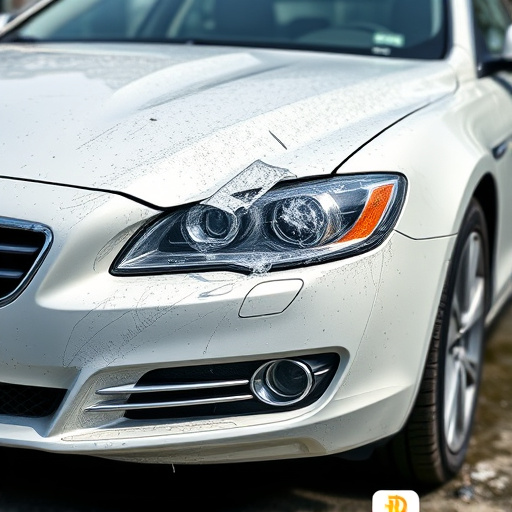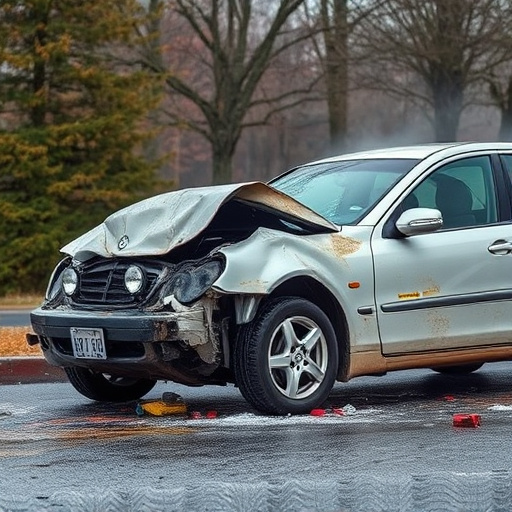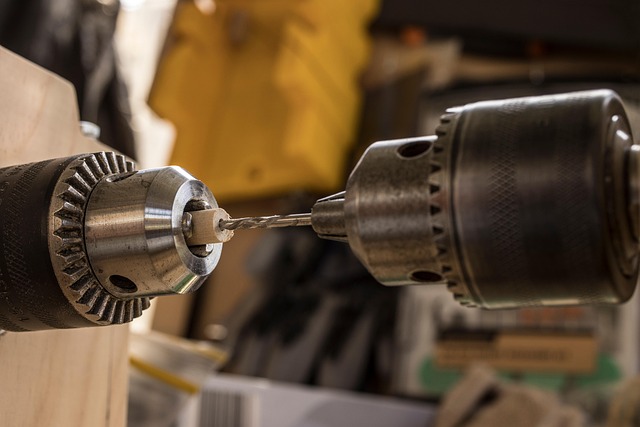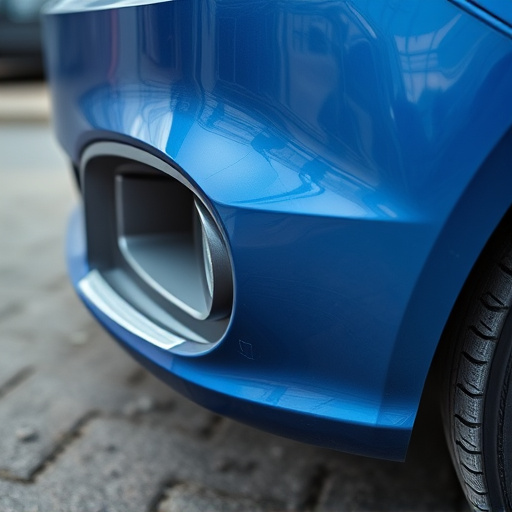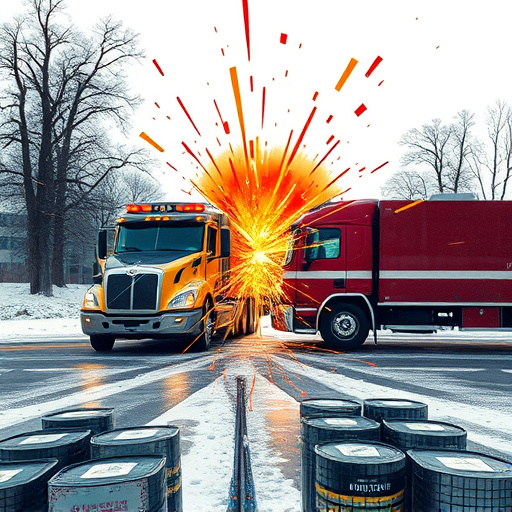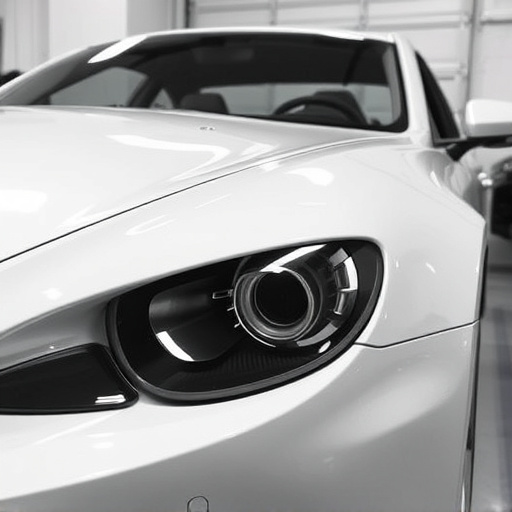The Mercedes Rollover Protection System (MRPS) is a sophisticated safety feature that utilizes sensors and actuators to detect and respond to rollover accidents. After a collision, stringent inspection protocols involving visual assessments and specialized tools are crucial for MRPS evaluation, ensuring proper repairs, adherence to Mercedes' safety standards, and vehicle security by addressing both visible and hidden damages.
After collision events, inspecting the Mercedes Rollover Protection System (MRPS) is crucial for enhancing vehicle safety. This article delves into the understanding of MRPS, inspection protocols post-collisions, and the significance of post-collision analysis. Given the vital role of MRPS in preventing rollovers, adhering to strict inspection procedures ensures optimal performance and passenger protection. Discover how meticulous assessments contribute to improving overall safety standards, particularly for Mercedes vehicles.
- Understanding Mercedes Rollover Protection System (MRPS)
- Inspection Protocols After Collision Events
- Enhancing Safety: Post-Collision MRPS Analysis
Understanding Mercedes Rollover Protection System (MRPS)
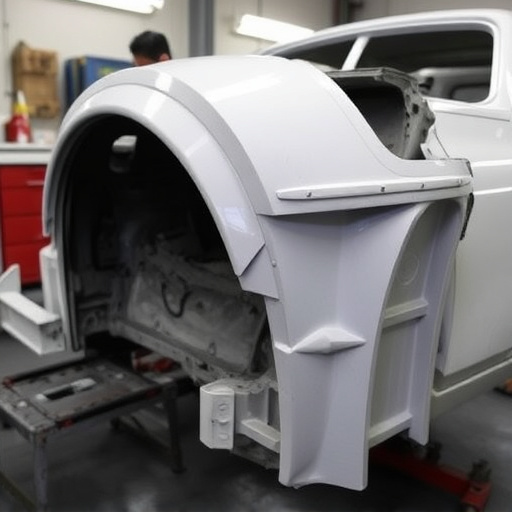
The Mercedes Rollover Protection System (MRPS) is a sophisticated safety feature designed to protect drivers and passengers in the event of a rollover accident. This innovative system uses a network of sensors and actuators to detect when a vehicle is at risk of rolling over, and it swiftly responds by deploying various structural enhancements to prevent or mitigate damage. The MRPS incorporates specialized high-strength steel structures, energy-absorbing zones, and collapsible elements that work in harmony to keep occupants secure during such extreme conditions.
Understanding how the MRPS functions is crucial for anyone owning a Mercedes vehicle, as well as for professionals at auto body shops and car body shops who may encounter these vehicles post-collision. By recognizing the system’s components and its activation mechanisms, experts can ensure proper repairs and restoration, maintaining the integrity of the vehicle’s rollover protection. This meticulous attention to detail is vital, as it not only enhances safety but also ensures that the vehicle meets Mercedes’ rigorous standards for structural integrity after a collision, including bumper repair when necessary.
Inspection Protocols After Collision Events
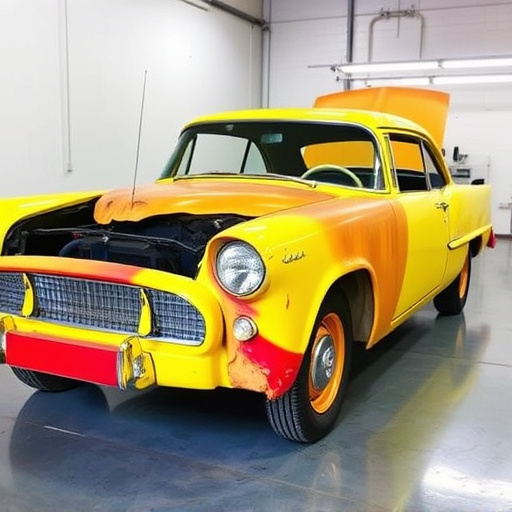
After a collision event, inspection protocols for Mercedes vehicles, particularly focusing on the rollover protection system, are stringent. The first step involves a thorough visual assessment to identify any visible damage to the vehicle’s structure and its components, including the chassis, frame, doors, roof, and the crucial rollover protection bars. This initial check provides an immediate understanding of the extent of the incident’s impact.
Subsequently, specialized equipment is employed to conduct more detailed inspections. This includes advanced diagnostic tools that can assess the integrity of electronic systems and sensors integral to the Mercedes rollover protection system. Moreover, computer-aided design (CAD) software may be utilized to compare pre-and post-collision measurements, ensuring precise evaluations. These protocols are vital in determining the suitability of the vehicle for safe operation and guiding decisions regarding automotive collision repair or recommending car bodywork services for necessary restoration.
Enhancing Safety: Post-Collision MRPS Analysis
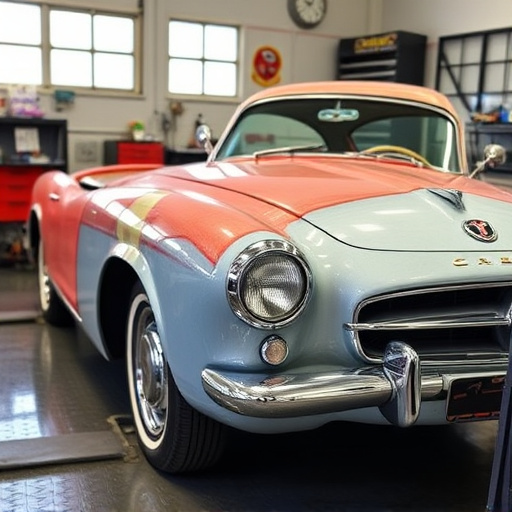
The Mercedes Rollover Protection System (MRPS) is a sophisticated safety feature designed to safeguard occupants in the event of a rollover accident. Following collision events, thorough analysis of this system becomes crucial for enhancing overall vehicle security. By examining the MRPS post-collision, experts can identify any potential failures or wear and tear that might compromise its effectiveness. This inspection process involves meticulous checks on various components, such as airbags, structural reinforcements, and sensor functionality, ensuring they deploy accurately and promptly during a rollover.
Understanding the intricacies of the MRPS is vital for collision repair shops offering vehicle repair services. They play a significant role in repairing not just visible damages like car dent removal but also ensuring hidden safety systems are functional. Through rigorous post-collision assessments, these professionals can contribute to making our roads safer by maintaining the integrity of Mercedes rollover protection systems and promoting best practices in vehicle maintenance.
The inspection of the Mercedes Rollover Protection System (MRPS) following collision events is a critical step in enhancing vehicle safety. By understanding the MRPS and adhering to specific inspection protocols, professionals can ensure its effectiveness in mitigating rollover risks. Post-collision analysis plays a pivotal role in refining safety standards, ultimately contributing to the development of more robust rollover protection systems for Mercedes vehicles.

